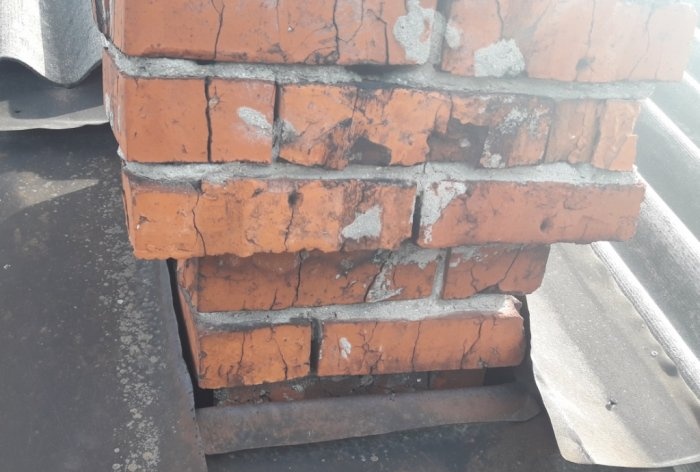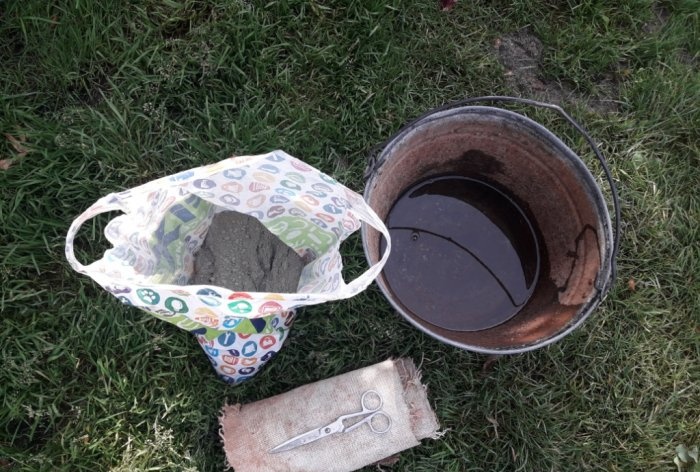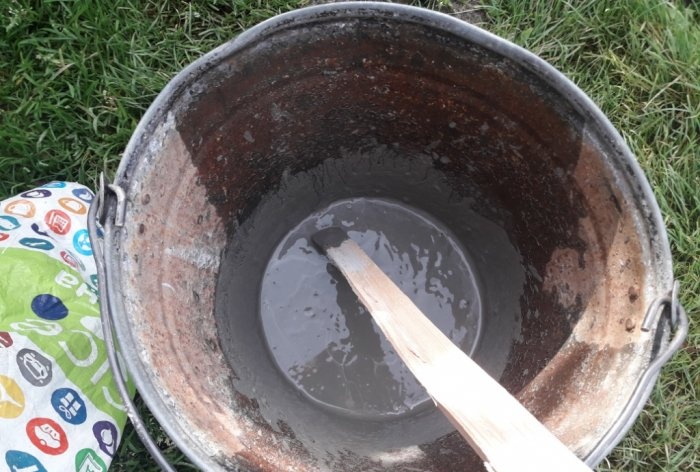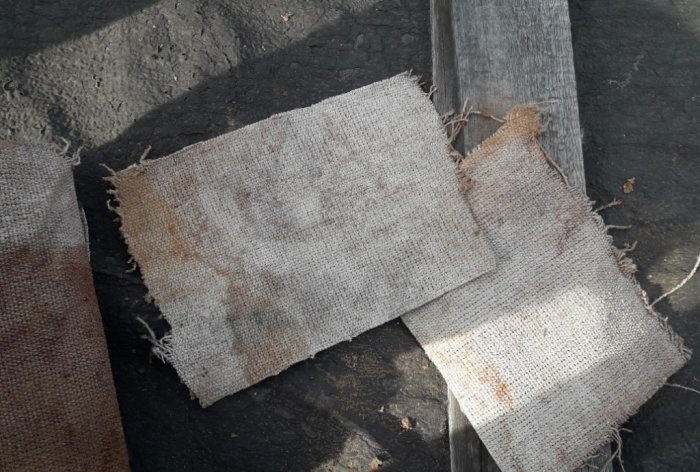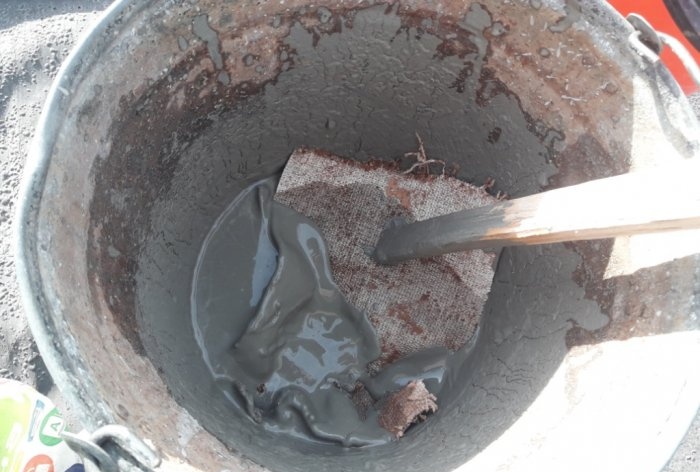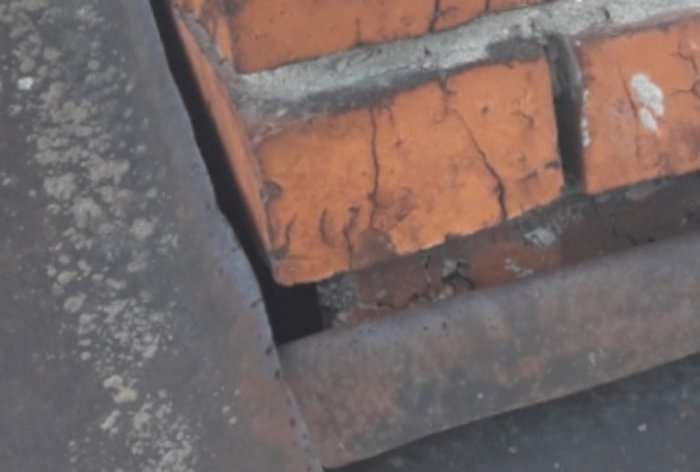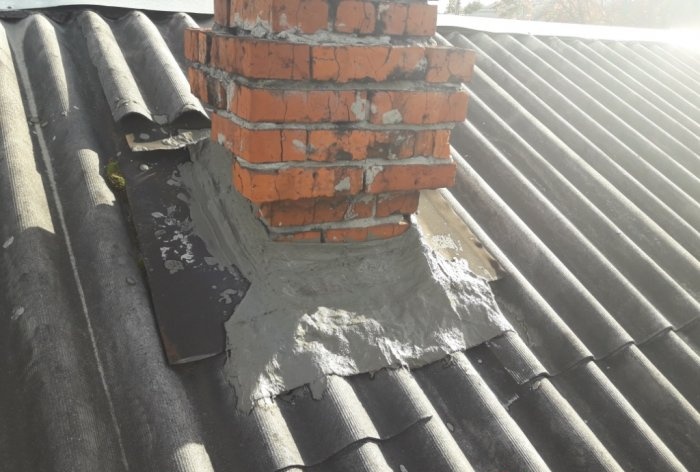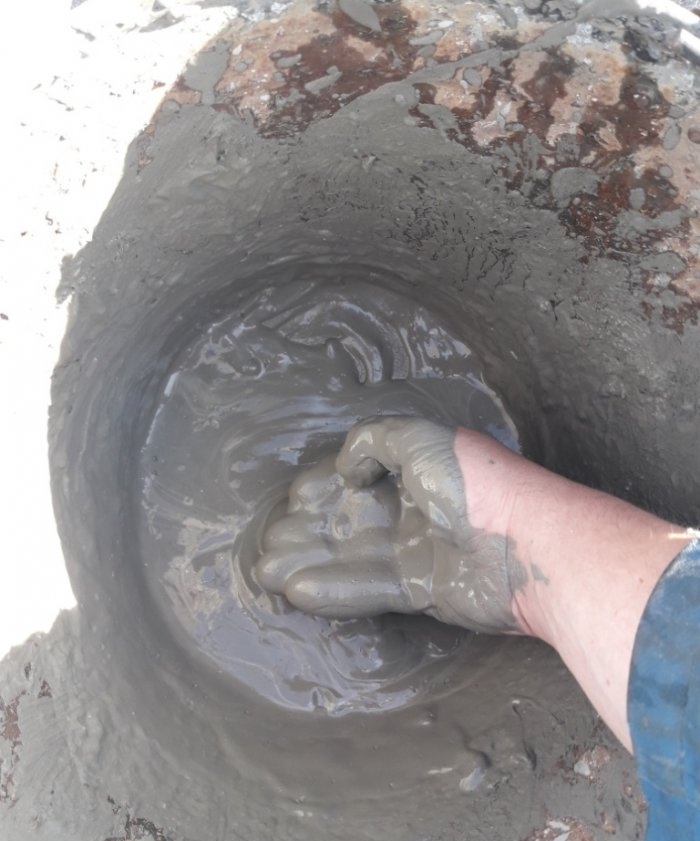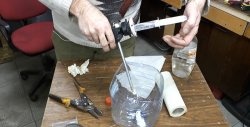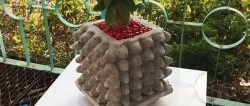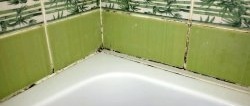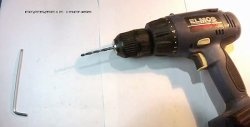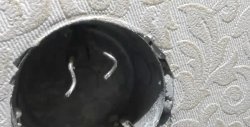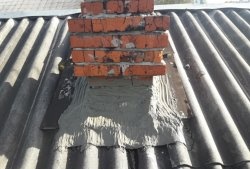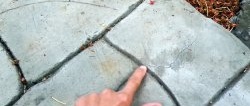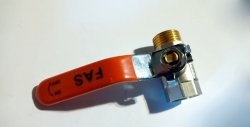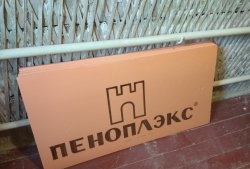Surely, many owners of houses with stove heating are faced with such a problem as rainwater leaking along the outer walls of a brick pipe, through the roof and attic, to the ceiling of the house.
Especially in heavy rain. No matter how tightly you fit the sheets of metal to the pipe, water still oozes out. And it’s very unsafe not to foam such a gap with ordinary mounting foam, even with a thick brick pipe. But I haven’t seen or found any fireproof foam in stores, no matter how much I searched... and it’s not known whether such a thing even exists in nature!
After thinking a little, remembering all the non-flammable materials in my memory, I opted for asbestos fabric and heat-resistant cement-based tile adhesive. Asbestos fabric does not burn, fungus and mold do not stick to it, it is not subject to rotting... In general, I did not find any disadvantages of asbestos fabric, specifically for this purpose. And heat-resistant tile adhesive, unlike pure cement, will not crack and crumble due to temperature changes and weather conditions.
Will need
- Rough and thick asbestos fabric (this is usually used in gas-electric welding work as protection against sparks).
- Scissors.
- Cement-based tile adhesive (1 two-kilogram bag).
- Water.
- Bucket for solution.
We eliminate the gap with our own hands
First, let's prepare a solution in a bucket. Pour a kilogram of glue (half a packet) into a bucket and dilute it with water until smooth. The solution must be liquid. The consistency is approximately like kefir, something like that.
In general, the solution must be able to saturate the asbestos fabric immersed in it. If you overfilled the water and the solution turned out to be too liquid, add more glue. And under no circumstances add sand! Not a gram! Otherwise, the frozen solution will be washed away by rain. A clean cement-adhesive mortar, after final hardening, will be smooth and glossy, and therefore will be less susceptible to the effects of flowing water and the environment in general. Now we need to get all this stuff onto the roof. Don't forget the bag of dry glue - we'll need it later. We will cut the asbestos fabric immediately on the spot so as not to miss the size of the required pieces. So, after inspecting the place where the pieces of asbestos fabric soaked in the solution will be placed, we cut this fabric into pieces of the required size. I cut rectangles in such a way that I could then fold the soaked fabric in half. Now we lower the fabric into the liquid solution and carefully press it there so that the solution saturates it properly.
We take the fabric out of the solution and, if the gaps between the pipe and the roof are wide enough (like mine - from a centimeter to two!), fold it in half, since the additional thickness will prevent it from falling through or sliding into the gap into the attic (liquid glue quite slippery!).
Cover the gap with this soaked cloth. Next, we repeat all the above procedures with the fabric and solution until we close all the large cracks and gaps, after which you can peel off and rest for 30-40 minutes until the soaked fabric sets at least a little and becomes harder.
After the break, we climb back onto the roof, check that everything is in order, so that nothing has fallen in anywhere, and dilute the solution of glue and water thicker than it was before, so that it can thoroughly seal up all the remaining small cracks, as well as smooth out small ones and large irregularities.
By the next morning, the solution, with asbestos fabric embedded in it, will completely petrify. The main thing is that it doesn’t rain during hardening. So don’t be lazy to look on the Internet and find out about the weather in advance, so that all this hard work is not done in vain.
Eventually; the result is a fairly strong and dense belt around the pipe, which will not let rain water into the attic - such cement-based glue tends to shrink when hardening, which leaves almost no chance for water.
And the grooves, which I specially made with my hand, will not be superfluous, for better water drainage. Thus, with the help of asbestos fabric and cement-based tile adhesive, we saved ourselves from the problem of a damp ceiling around the chimney during heavy rain, as well as during long autumn rains.

